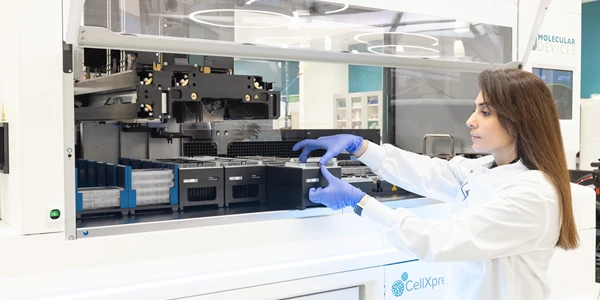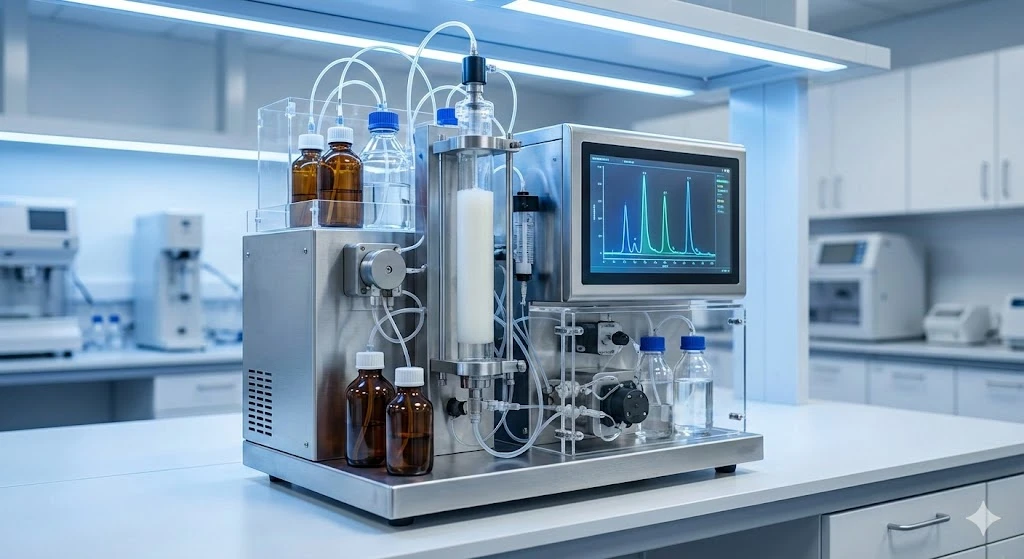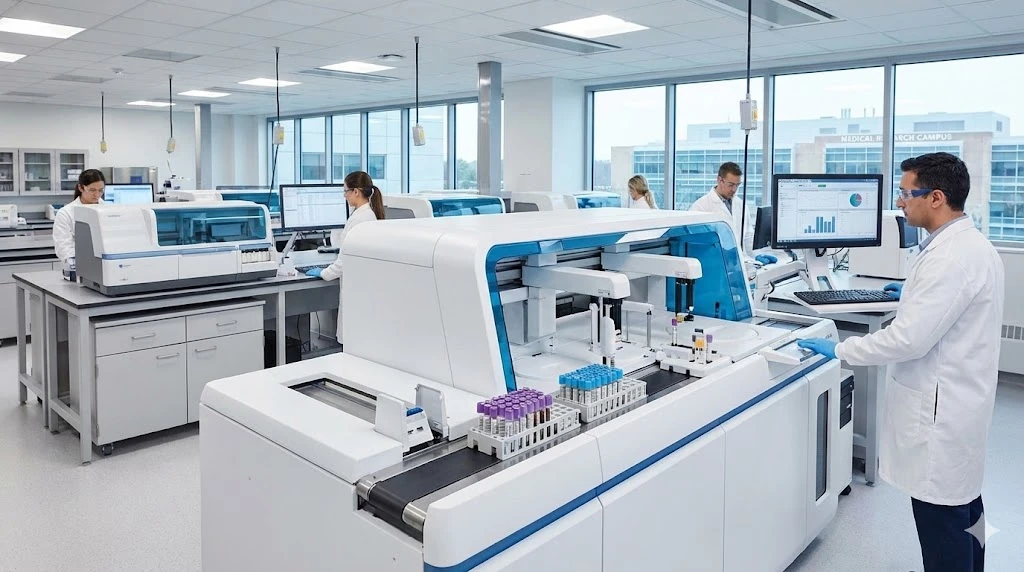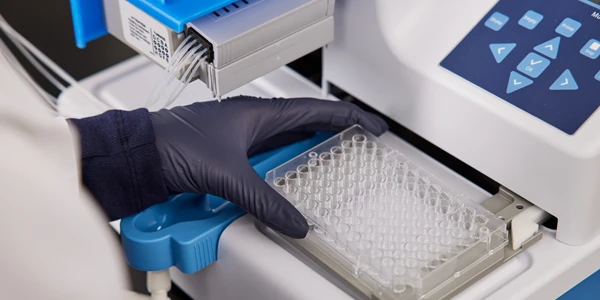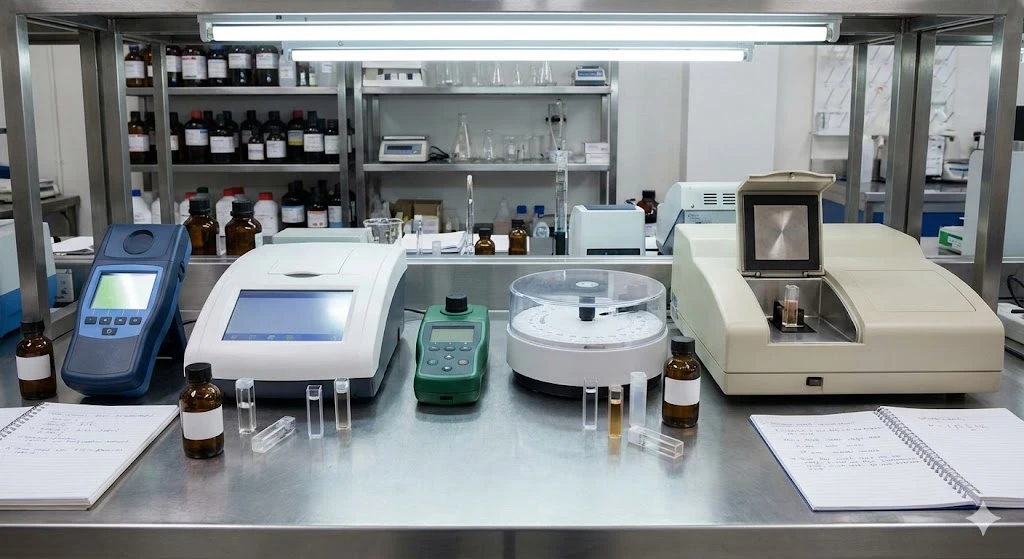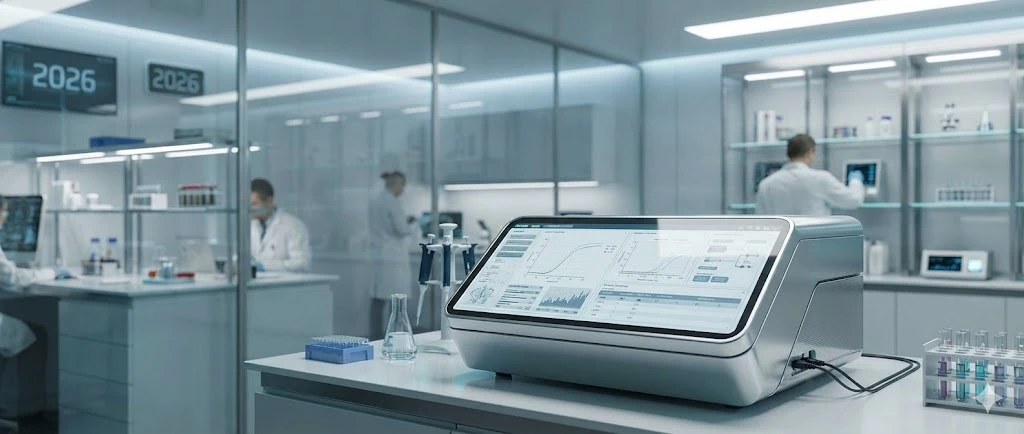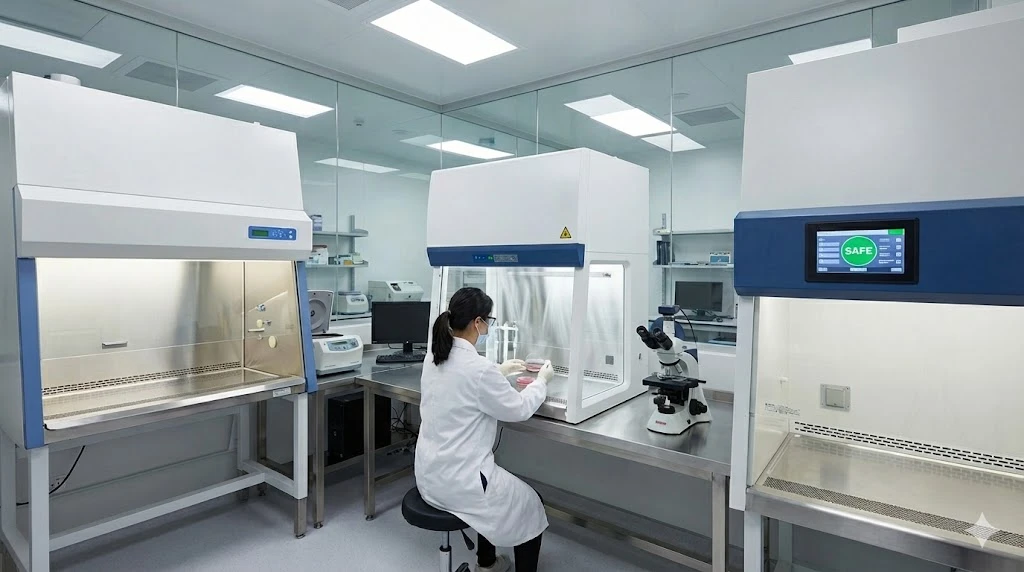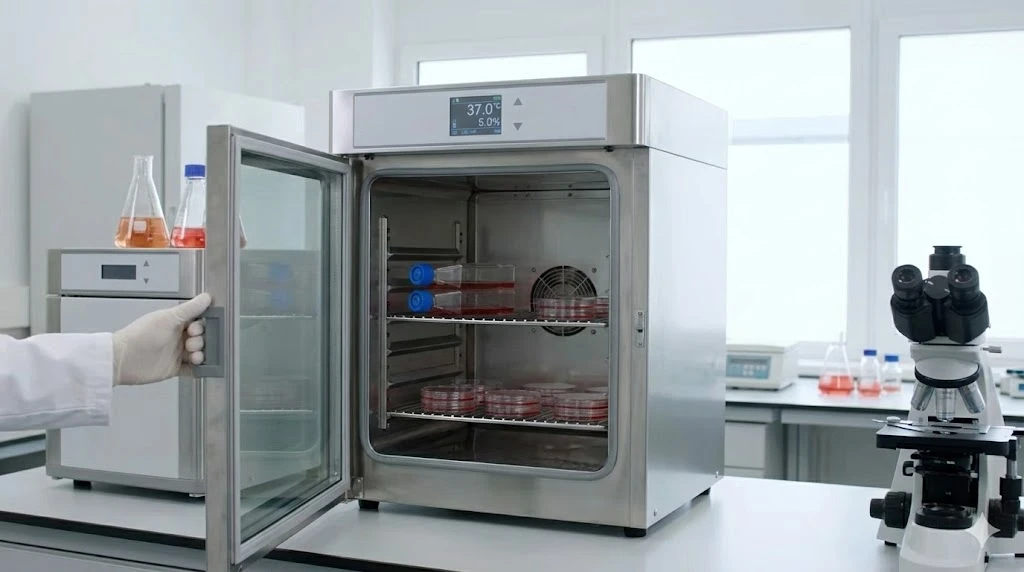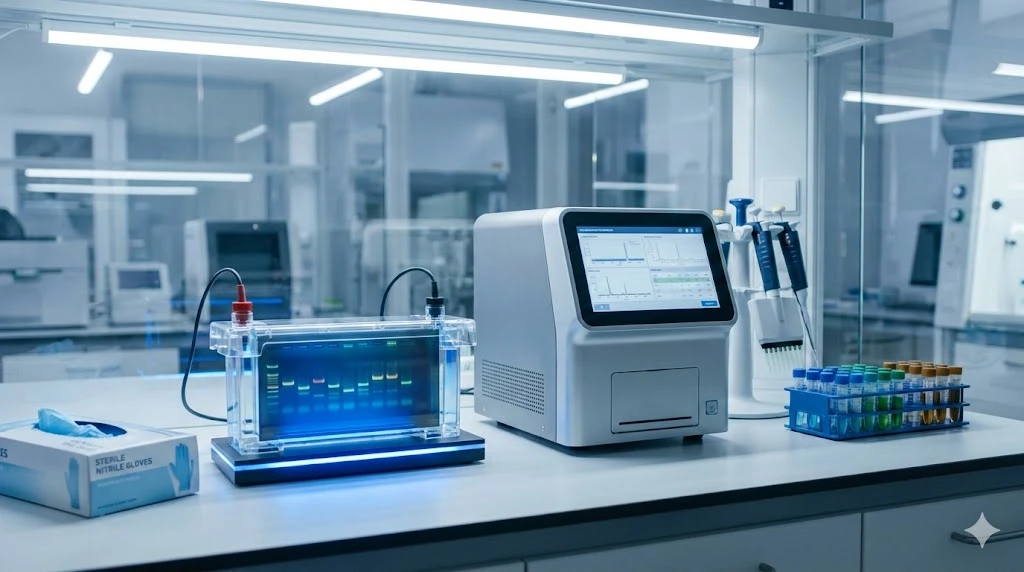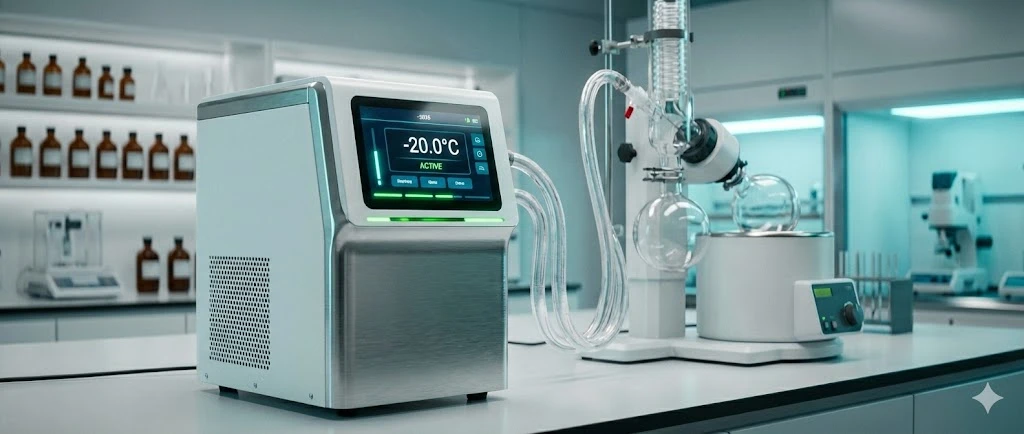Sustainability, Support, and Future-Proofing Your Rotary Evaporator Purchase
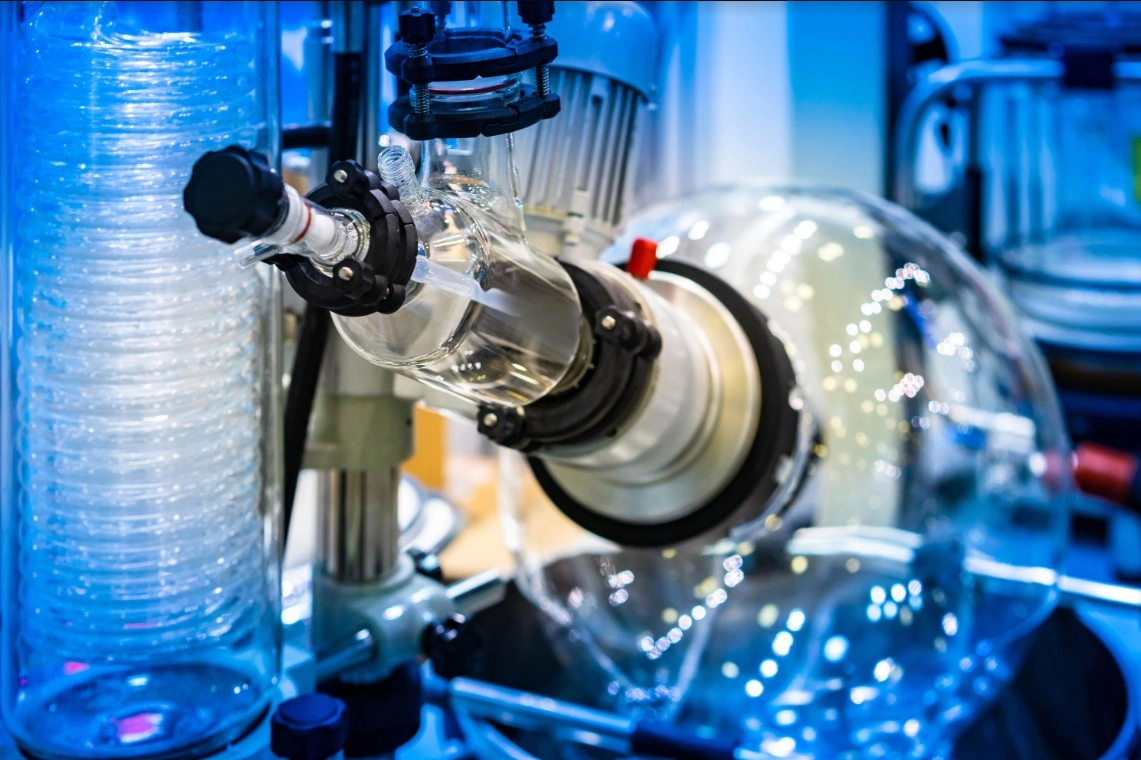
When purchasing a rotary evaporator, it’s crucial to think beyond immediate needs and consider the long-term impact on both your laboratory operations and the environment. Sustainability, robust customer support, and future-proofing are key factors that ensure your investment remains valuable over time. This article explores these aspects, providing insights into the environmental impact of rotary evaporators, the importance of customer support and training, and strategies for future-proofing your equipment.
Sustainability and Environmental Impact
Considerations for the Environmental Impact of a Rotary Evaporator
Sustainability is becoming increasingly important in laboratory environments. Rotary evaporators, used frequently for solvent removal and sample concentration, can have significant environmental impacts if not managed properly. Here are some key considerations for minimizing the environmental impact of a rotary evaporator:
Energy Consumption: Rotary evaporators typically consume significant energy due to the heating baths and vacuum systems required for operation. Choosing energy-efficient models can reduce electricity usage, lowering both operational costs and carbon footprint. Look for evaporators with energy-saving features such as automatic shut-off and eco-mode settings.
Solvent Recovery: Efficient solvent recovery is essential to reduce the release of harmful chemicals into the environment. High-efficiency condensers can capture more solvent vapors, minimizing waste and exposure to volatile organic compounds (VOCs). This not only protects the environment but also reduces the cost of solvent disposal and replacement.
Material Durability and Recyclability: The materials used in the construction of rotary evaporators can impact their environmental footprint. Opt for models made with durable, long-lasting materials that require less frequent replacement. Additionally, consider the recyclability of components when the equipment reaches the end of its life cycle.
Models Focusing on Sustainability and Eco-Friendliness
Many manufacturers are now designing rotary evaporators with sustainability in mind. Here are some features to look for in eco-friendly models:
Low Power Consumption: Choose rotary evaporators that are designed to consume less power without compromising performance. Look for models with energy-efficient motors and heating systems that can reduce overall energy usage.
Advanced Solvent Recovery Systems: Models equipped with high-efficiency condensers and integrated solvent recovery systems can significantly reduce solvent waste. These features capture a higher percentage of solvent vapors, minimizing emissions and improving safety.
Environmentally Friendly Coolants: Some rotary evaporators use cooling systems that require refrigerants or coolants. Opt for models that use environmentally friendly coolants or water-based systems, which have a lower environmental impact compared to traditional refrigerants.
Customer Support and Training
Expected Customer Support from the Manufacturer or Supplier
Reliable customer support is critical for ensuring the smooth operation of your rotary evaporator. Here’s what you should expect from a reputable manufacturer or supplier:
Technical Support: Access to knowledgeable technical support is essential for troubleshooting issues and ensuring optimal performance. Manufacturers should provide readily available support via phone, email, or online chat to assist with any technical questions or problems.
Warranty and Service Contracts: Look for manufacturers that offer comprehensive warranties covering parts and labor. Service contracts can also be valuable, providing regular maintenance and inspection services to keep your equipment in top condition.
Replacement Parts Availability: Ensure that replacement parts for the rotary evaporator are readily available. A reliable supply chain for parts reduces downtime and ensures that any necessary repairs can be completed quickly.
Training and Resources for Proper Use and Maintenance
Proper training and resources are essential to maximize the efficiency and lifespan of your rotary evaporator. Here’s what to look for:
User Manuals and Documentation: Detailed user manuals and operating instructions are crucial for understanding the correct use of the equipment. Manufacturers should provide clear, comprehensive documentation that covers all aspects of operation, maintenance, and troubleshooting.
Training Programs: Some manufacturers offer training programs or workshops to help users learn how to operate and maintain their rotary evaporators. These programs can be valuable for new users and for ensuring that all lab personnel are properly trained.
Online Resources and Tutorials: Online resources such as video tutorials, FAQs, and troubleshooting guides can be invaluable for quick reference and learning. Manufacturers that offer these resources provide added value and support for their customers.
Future-Proofing Your Rotary Evaporator
Ensuring Your Rotary Evaporator Meets Future Laboratory Needs and Technological Advancements
As laboratory technologies and standards evolve, it’s important to choose a rotary evaporator that can adapt to future needs. Here are some strategies for future-proofing your investment:
Modular Design: Rotary evaporators with modular designs allow for easy upgrades and modifications. This flexibility enables you to add new features or replace components as technology advances, ensuring that your equipment remains up-to-date.
Compatibility with Advanced Technologies: Ensure that the rotary evaporator you choose is compatible with emerging technologies, such as digital control systems and remote monitoring capabilities. These features can improve precision, efficiency, and data collection, making your lab more adaptable to future innovations.
Scalability: Choose a rotary evaporator that can scale with your lab’s growing needs. Models with variable flask sizes and adaptable configurations allow you to handle a wider range of applications as your research evolves.
Options for Upgrading or Retrofitting as New Technologies or Standards Emerge
To keep pace with new technologies and standards, consider these options for upgrading or retrofitting your rotary evaporator:
Software Upgrades: Some rotary evaporators offer software-based control systems that can be updated to incorporate new features and improvements. Check if the manufacturer provides regular software updates to enhance functionality and performance.
Adding Advanced Control Features: Retrofitting your rotary evaporator with advanced control features, such as programmable settings, automated processes, and real-time monitoring, can improve accuracy and efficiency. These upgrades allow you to keep your equipment competitive without needing a complete replacement.
Integration with Lab Automation Systems: As labs move towards greater automation, integrating your rotary evaporator with lab automation systems can streamline workflows and improve consistency. Look for evaporators that can connect to automated systems and data management platforms.
Final Thoughts
Investing in a rotary evaporator is a significant decision that impacts both the short-term and long-term success of your laboratory. By focusing on sustainability, ensuring robust customer support and training, and future-proofing your equipment, you can maximize the value of your investment. Choosing eco-friendly models, partnering with reliable manufacturers, and preparing for future technological advancements will ensure that your rotary evaporator meets your lab’s needs today and in the years to come. Prioritizing these factors will help create a sustainable, efficient, and adaptable laboratory environment.
